Habaki: Construction and Design of the Blade Collar
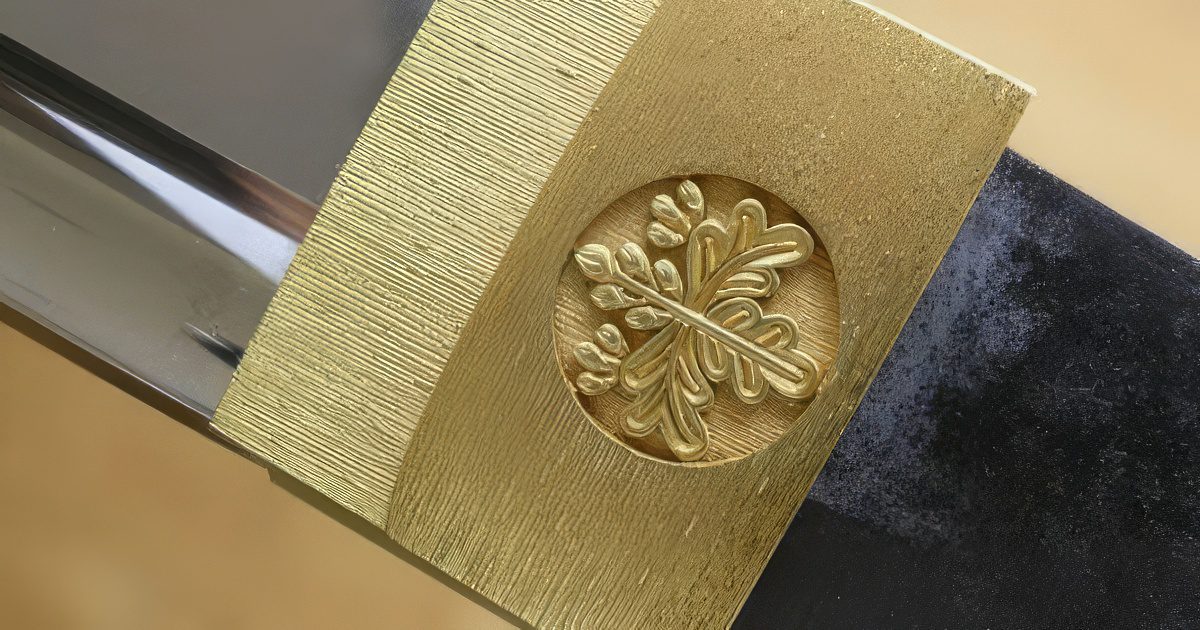
The habaki is a metal collar around the blade below the hand guard. It holds the blade securely in the scabbard and supports the hilt. Some are relatively plain and utilitarian while others are made of fine metals and elaborately carved. A blade collar is somewhat under-appreciated, but it is essential to a Japanese blade.
Let’s explore the unique characteristics of the habaki, its functional design, and a few terminologies sword collectors use.
Why Is Habaki An Essential Part of Japanese Swords?
Japanese swords are valued for the aesthetic qualities of the blade, from the steel surface to grain patterns and temper line patterns or hamon. Therefore, the blade must also be smooth and clear to reveal all these features.
To be properly mounted, a Japanese sword must be equipped with a unique collar called habaki. The scabbard has to hold the blade loosely within it so the polished surfaces of the blade are not touching the wood. It also prevents the cutting edge from coming into contact with the scabbard. It is contrary to most Western scabbards that were made to fit as tightly as needed to secure the blade.
Characteristics of the Habaki
A habaki is a functional and sometimes decorative component of a Japanese blade. Its aesthetic feature is its shape, though some also have unique forms and elaborate designs.
Here are the characteristics of the habaki:
Metal and Construction
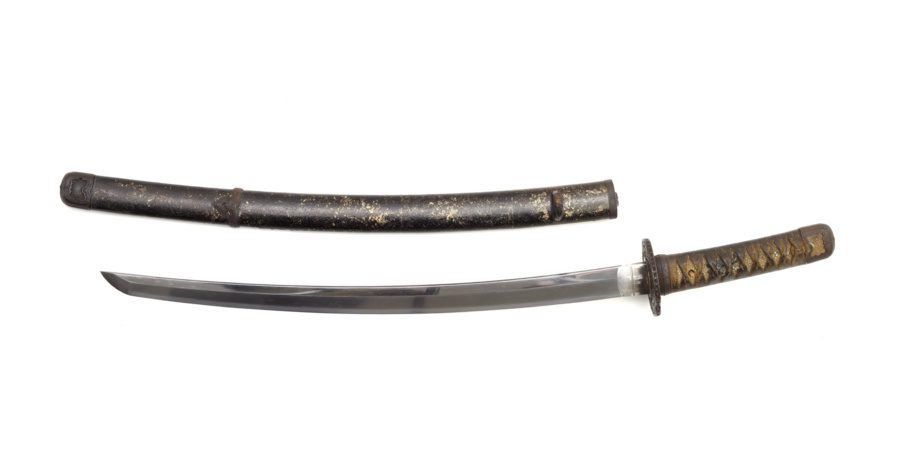
Most steel blades in Japan, even the oldest straight types, had blade collars. However, the oldest types were welded onto the hilt instead of being a separate metal fitting. The earliest materials were iron, then copper, which was soft and easily conformed to the blade’s shape. Earlier fine habaki were either made of solid gold, heavily plated with it, or made from shakudo, like most sword guards.
Modern ones are usually only gilded or made of silver. Sometimes, Japanese brass is used for the habaki and these are softer than the ones found in the United States. Mass-produced brass habaki are common in non-traditionally-made Japanese swords, but they rarely fit perfectly to the blade.
A high-quality habaki is hand forged—not cast or machine-made. In Japan, habaki are hammered to shape it exactly to the blade, preventing slipping or shifting on the sword. Therefore, a perfect fit cannot be achieved on mass-produced blade collars.
Design and Function
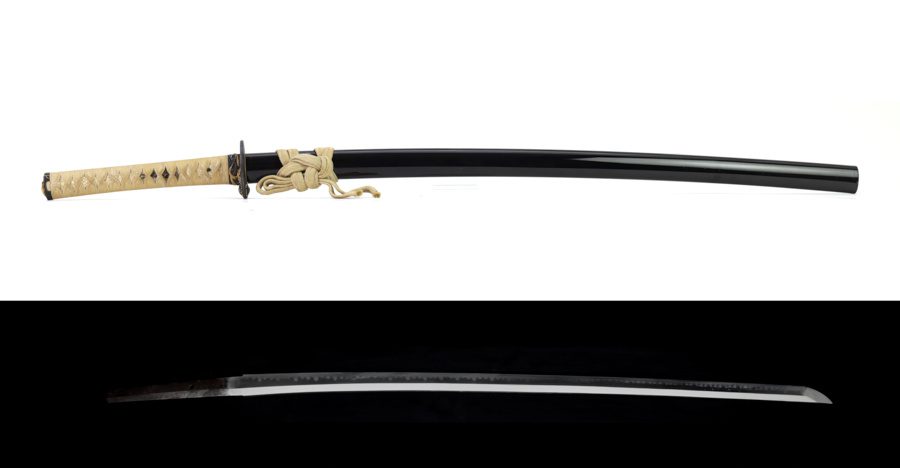
A habaki has a wedged and tapered shape fitted at the top of the tang (nakago). These notches, namely the hamachi on the cutting edge and munemachi on the opposite side, support the blade collar. The habaki also supports the hilt, either a functional hilt with a hand guard (tsuba) or a simple shirasaya hilt.
A perfectly fitted habaki is essential to securely hold the blade in the scabbard (saya) and prevent the surfaces from scraping against the insides. When the sword is fully sheathed, the habaki fits tightly in the scabbard mouth (koiguchi). The habaki also supports the hilt (tsuka) while the seppa (washers) tighten the metal fittings at the front and behind the guard.
Size and Proportions
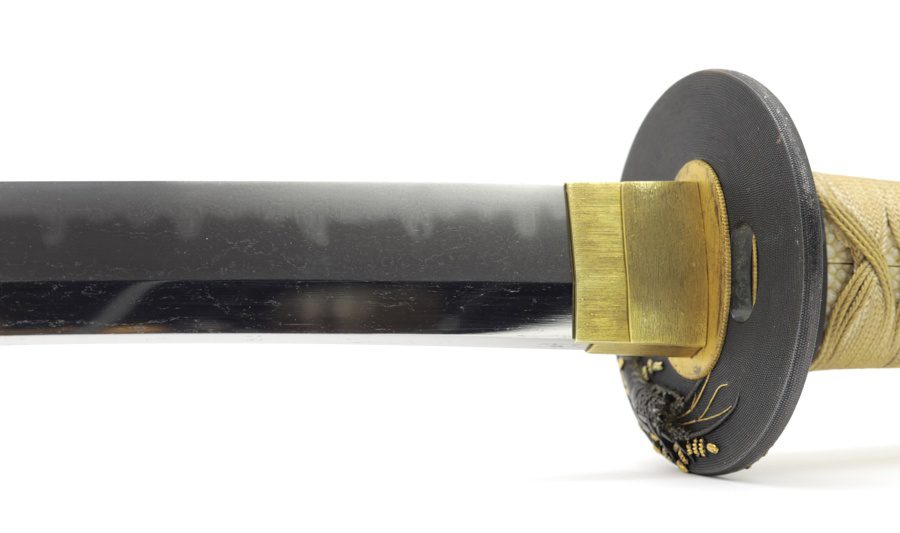
The size and proportions of a habaki must complement the shape of the blade which varies depending on the blade style, age, and condition. Basically, the thickness of the blade collar must match exactly the depth of the notches, so there will be no gaps. The perfectly fitted blade collars are evident in the Japanese samurai sword katana and wakizashi sword.
Most of the time, the height of a habaki is about 80 percent of the width of the blade, measured at the notches. However, older, thinner blades would need a different proportion for the habaki to look good as their notches are almost gone due to years of sharpening and polishing. In tanto daggers, its height is 60 to 70 percent of the blade’s width.
Craftsmanship and Decoration
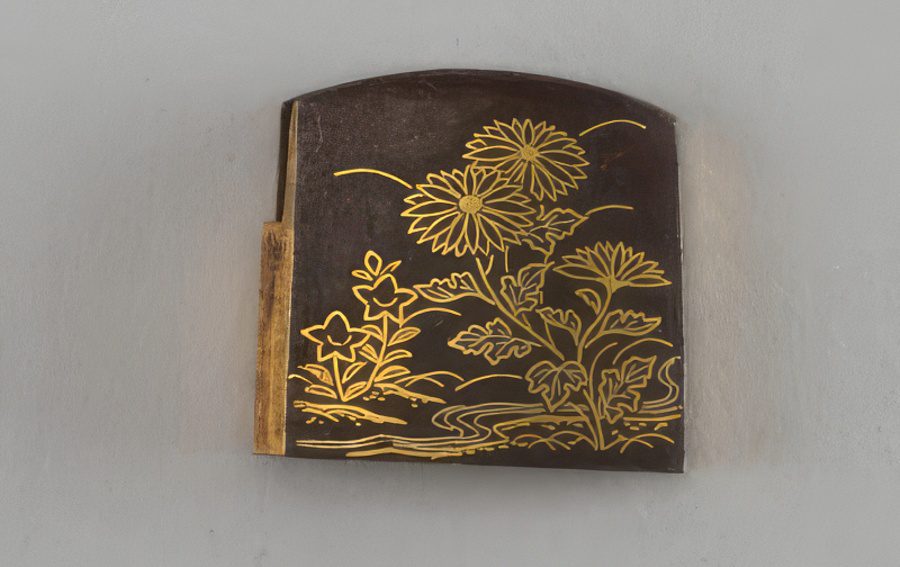
Typical habaki have angular shapes and smooth surfaces that produce a desirable patina. Many habaki makers also craft decorated sword collars using various techniques such as file work and chisel work. Depending on their construction type and design, habaki may be called by different names. Many are named after their decorative features such as family crests, file marks, and patterns.
Hitoe Habaki

The hitoe-habaki (重鎺) is a one-piece construction type that fits closely to both blade and scabbard. It is the most common habaki widely seen today.
Niju-Habaki
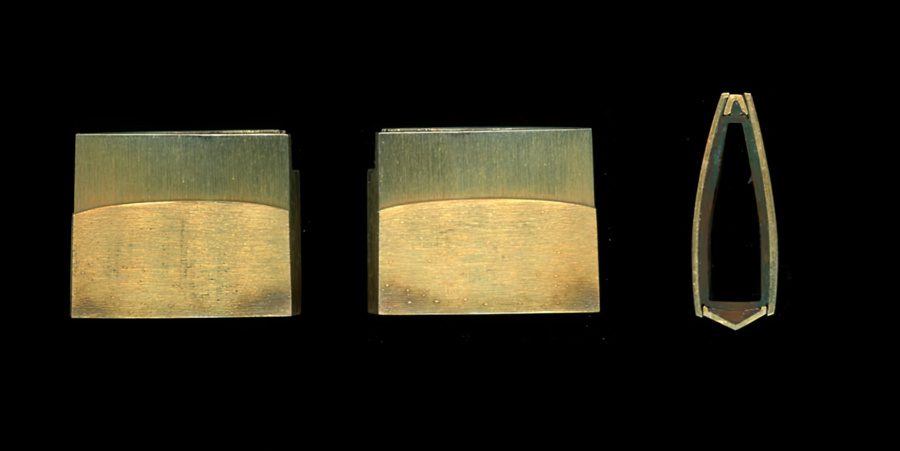
The niju-habaki (重鎺) is a two-piece construction type featuring an outer jacket that fits into another piece. It was the older type typically made for larger swords when more support was needed. Those decorated with family crests are usually associated with fine sword blades.
Etchu-Kise-Habaki
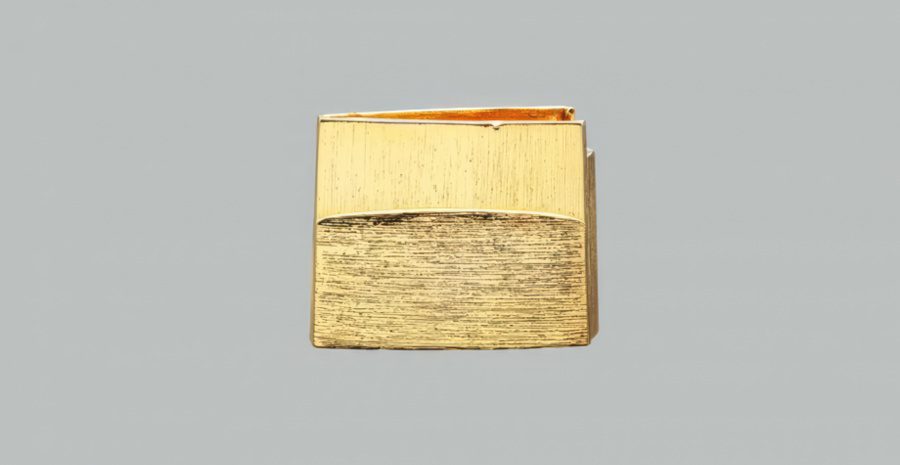
A one-piece habaki that is designed to look like a two-piece is called etchu-kise-habaki (越中着せ鎺).
Daitsuki-Habaki
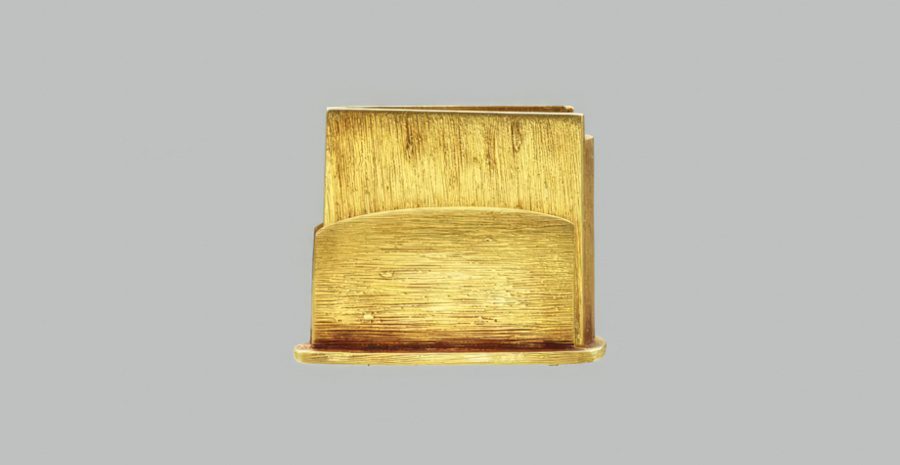
Some blade collars have a base (dai) called daitsuki-habaki (台付鎺).
Yujo-Habaki
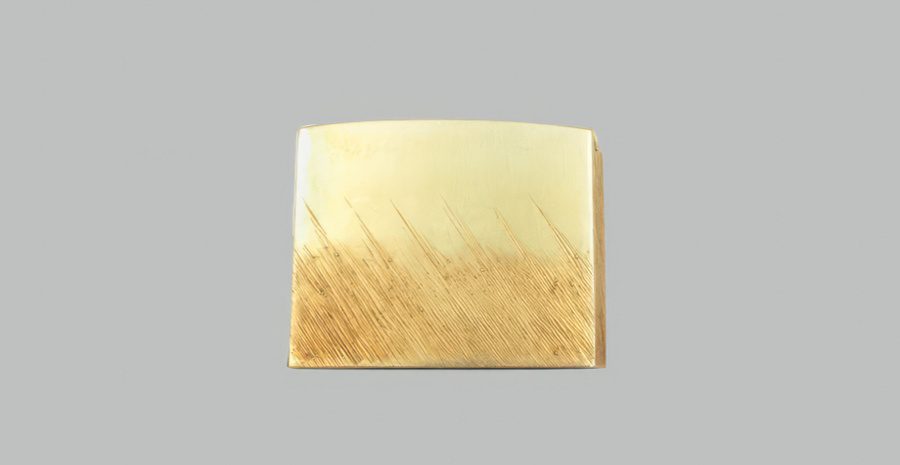
A yujo-habaki features slightly accentuated file marks, usually along its base and is also called koshi-yujo-habaki. However, there are various file marks, some combined with carvings and peony-like patterns, and may be called by different names.
Kamon-iri Habaki

Some blade collars feature family crests (kamon) engravings called kamon-iri habaki which sometimes match the menuki accessory on the hilt.
Kawarigata-Habaki
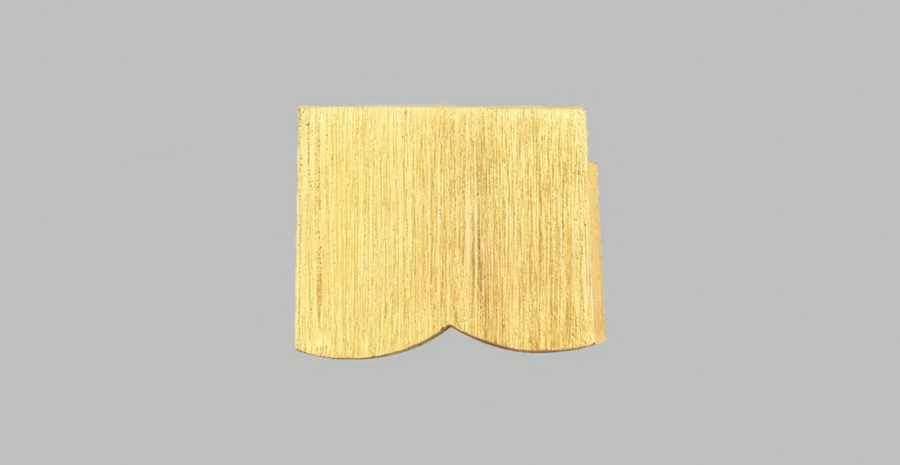
Irregularly shaped blade collars are called kawarigata-habaki (変り形鎺). Designs widely vary from scalloped edges to nature-inspired motifs such as mountains, waves, etcetera.
Conclusion
The habaki is often less appreciated, unlike sword fittings such as tsuba, menuki, and fuchi-kashira, which are sought-after by collectors. However, it is also a functional and decorative component of a Japanese sword. It holds the blade in place, prevents it from falling out of the scabbard, and supports the hilt. Today, habaki makers are getting more creative with their works and sword collars are becoming art pieces.

